 In front of the White House, protesters against the Tar Sands XL Pipeline display signs on Saturday, Sept. 3, the final day of the peaceful two-week sit-in and civil disobedience. Their signs and banners were later taken away by the United States Park Police before the police began making arrests. Click on photos for larger versions. (Photos © 2011 and courtesy Kate Flynn)
In front of the White House, protesters against the Tar Sands XL Pipeline display signs on Saturday, Sept. 3, the final day of the peaceful two-week sit-in and civil disobedience. Their signs and banners were later taken away by the United States Park Police before the police began making arrests. Click on photos for larger versions. (Photos © 2011 and courtesy Kate Flynn)WASHINGTON, D. C. -- A White House sit-in that has been called the largest environmental civil disobedience act in decades culminated in two days of protest on Friday, Sept. 2, and Saturday, Sept. 3. The 14-day sit-in was held in objection to the proposed Keystone XL pipeline project, which would transport crude oil over a distance of 1,980 miles from Canada to the U.S.
Organizers are pledging to escalate a nationwide campaign to push President Obama to deny the permit for the pipeline.
Climate activist Bill McKibben, who helped organize the protest, encouraged attendees not to view the fight against the pipeline as over.
 Bill McKibben, author and environmentalist, who was one of the first leaders arrested during the sit-in, addressed assembled protesters on Saturday., Sept. 3, the fourteenth and final day of protest outside the White House against the proposed Keystone XL pipeline. "This has turned into the biggest civil disobedience protest about anything this century," he stated.
Bill McKibben, author and environmentalist, who was one of the first leaders arrested during the sit-in, addressed assembled protesters on Saturday., Sept. 3, the fourteenth and final day of protest outside the White House against the proposed Keystone XL pipeline. "This has turned into the biggest civil disobedience protest about anything this century," he stated."The next month or two are going to be absolutely crucial," he told those assembled before Saturday’s sit-in.
Hundreds of individuals took to the sidewalk in front of the White House on both days, risking arrest by the United States Park Police, while dozens more held signs, danced and sang across the street in Lafayette Square. The protest, which has been going on for the past fourteen days, has seen 1,252 arrests.
 Protesters in front of the White House on Saturday, Sept. 3, display signs objecting to the Keystone XL Pipeline. "Game Over" is what NASA climate scientist James Hansen, who was arrested during the protest last week, said about the tar sands exploitation and the pipeline. A petition with more than 600,000 signatures opposing the pipeline was delivered to the White House on Sept. 3.
Protesters in front of the White House on Saturday, Sept. 3, display signs objecting to the Keystone XL Pipeline. "Game Over" is what NASA climate scientist James Hansen, who was arrested during the protest last week, said about the tar sands exploitation and the pipeline. A petition with more than 600,000 signatures opposing the pipeline was delivered to the White House on Sept. 3. "Third warning, they came out and got us," said Joey Firman of Arlington, Va., who was arrested on Thursday after being asked to leave the sidewalk area three times by police. Firman and other protesters were not jailed upon arrest, but rather brought to a processing center and required to pay a $100 fine before being released. “Even my SWAT-team guy who arrested me, he was like, 'Tell me about this pipeline,'" Firman said. "So I told him about it for like three minutes and he was like, 'Thank you.'"
The protest has been largely peaceful and has seen support from people all over North America, as well as the local D. C. area. A number of indigenous leaders, many of whose communities would be directly affected by the pipeline, made their voices heard on Friday.
 During the sit-in on Friday, Sept. 2, protesters hold a sign that says, "Respect Sovereignty / Honor Indigenous Rights." Several indigenous leaders addressed the crowd in front of the White House.
During the sit-in on Friday, Sept. 2, protesters hold a sign that says, "Respect Sovereignty / Honor Indigenous Rights." Several indigenous leaders addressed the crowd in front of the White House.Chief Bill Erasmus -- of Yellowknife, Northwest Territories, Canada -- said his people are already being affected by the tar sands and pipeline.
 Chief Bill Erasmus of the Dene Nation in Yellowknife, Northwest Territories, Canada, speaks to assembled protesters on Friday, Sept. 2.
Chief Bill Erasmus of the Dene Nation in Yellowknife, Northwest Territories, Canada, speaks to assembled protesters on Friday, Sept. 2. "We want people to know what our concerns are. We're saying that this pipeline is not needed," Chief Erasmus said. “Our people, in some areas, can no longer eat the fish. Our people can no longer drink the water. The oil is not for America; the oil is for the highest bidder."
Deborah Whitebloom of the Oklahoma Lakota Nation addressed the fact that the pipeline would cross the Ogallala Aquifer, one of the largest freshwater aquifers in the world.
 Deborah Lightbloom of the Oklahoma Lakota Nation speaks to assembled protesters on Friday, Sept. 2. She addressed the fact that the proposed Keystone XL pipeline would cross roughly 2,000 streams, lakes and creeks, as well as the Ogallala Aquifer, one of the world's largest aquifers.
Deborah Lightbloom of the Oklahoma Lakota Nation speaks to assembled protesters on Friday, Sept. 2. She addressed the fact that the proposed Keystone XL pipeline would cross roughly 2,000 streams, lakes and creeks, as well as the Ogallala Aquifer, one of the world's largest aquifers."This is our territory," Whitebloom said. "We have to stand up and say no -- say no to the pipeline, say no to the corporations."
Candy Mosset spoke to assembled protesters on behalf of the Indigenous Environmental Network.
"It's going to affect all of us; it is, in fact, affecting all of us," she said, referring to the negative environmental impacts of the pipeline.
 During the Sept. 2 protest, Candy Mosset speaks on behalf of the Indigenous Environmental Network.
During the Sept. 2 protest, Candy Mosset speaks on behalf of the Indigenous Environmental Network.Maryland State Sen. Paul Pinsky also addressed the protesters on Friday, Sept. 2.
"We have to move in a forward direction," said Pinsky. "We need solar, we need wind. We have to speak truth to power."
Pinsky also said that he disputes the State Department’s final Environmental Impact Statement, released on August 26th, on the proposed pipeline. The report concludes that any environmental impact of the pipeline will be minimal. Pinsky was later one of the estimated 166 people arrested on Friday, Sept. 2.
 Maryland State Senator Paul Pinsky (D-Prince George's) makes a public statement before the Friday, Sept. 2, White House sit-in. He was later arrested.
Maryland State Senator Paul Pinsky (D-Prince George's) makes a public statement before the Friday, Sept. 2, White House sit-in. He was later arrested.Many see the pipeline issue as crucial to whether or not President Obama will receive voter support from environmentalists in the next election cycle.
 Members of the Ali-Latouche family, of Berwyn Heights, Md., line up on Fri., Sept. 2, to take part in the protest.
Members of the Ali-Latouche family, of Berwyn Heights, Md., line up on Fri., Sept. 2, to take part in the protest. "This is a real chance for Obama to take a stand on something," said attendee Steve Paisley, of Ithaca, New York. "He is not going to get reelected by doing what he’s been doing, which is waffling and compromising and doing nothing. No one on the left is going to support that; even people in the middle are going to recognize someone who stands up for what they believe in, even if they don’t share that belief."
 The Reverend Lennox Yearwood, a D.C.-area minister and community activist, addresses assembled supporters and protesters after the sit-in on Saturday, Sept. 3.
The Reverend Lennox Yearwood, a D.C.-area minister and community activist, addresses assembled supporters and protesters after the sit-in on Saturday, Sept. 3.The final State Department hearing on the Keystone XL pipeline will be held on Oct. 7, 2011. A final decision on the pipeline is expected from President Obama by the end of the year.
Editor's Notes:
*Guest reporter Kate Flynn is a graduate student in journalism at American University in Washington, D.C. She is a graduate of Hancock High School and Beloit College. Kate also worked as a journalism intern for both Keweenaw Now and the L'Anse Sentinel in 2010. This is her second article on the Keystone XL Pipeline protest. Click here to read her first article in this series, posted Aug. 31, 2011.
** See "The Indigenous Call: Take Back Our Future," a short video clip showing indigenous people at the protest, including some being arrested.
Tars Sands Action, organizers of the sit-in, will soon announce Phase 2 of the protest against the pipeline. Visit their Web site for updates.













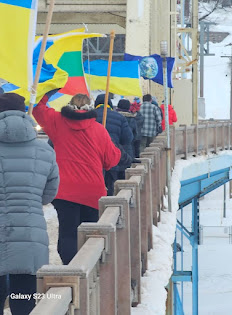
















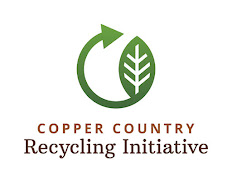



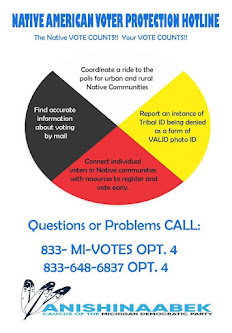









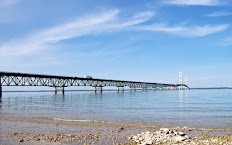





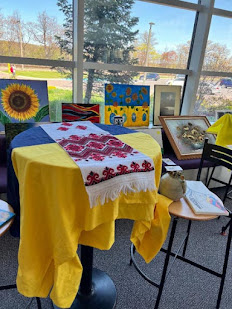

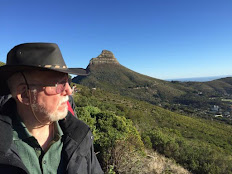










































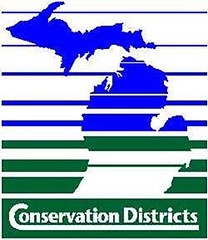

































No comments:
Post a Comment